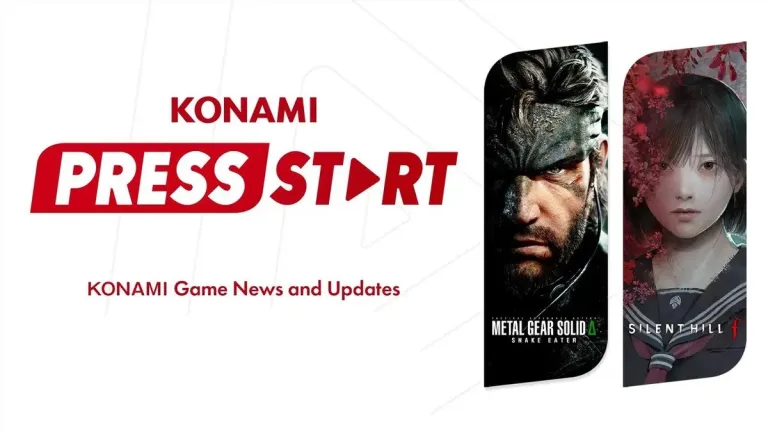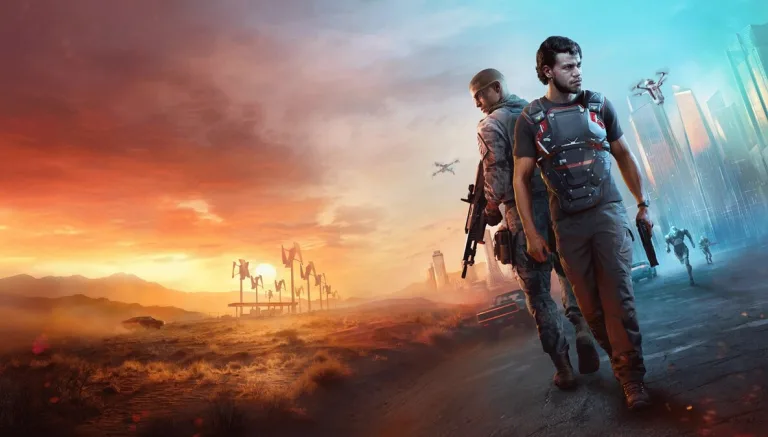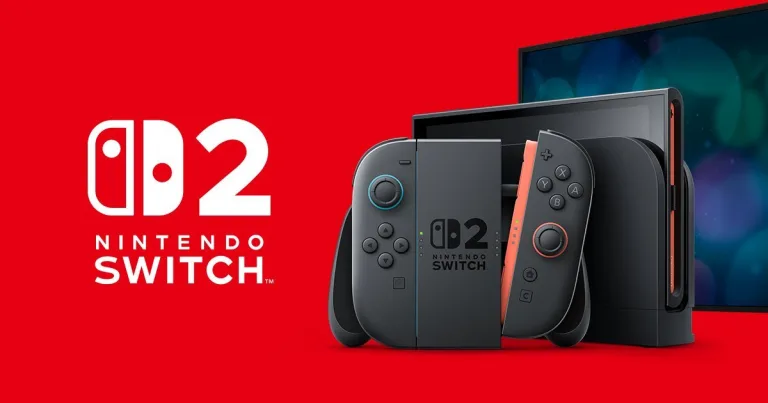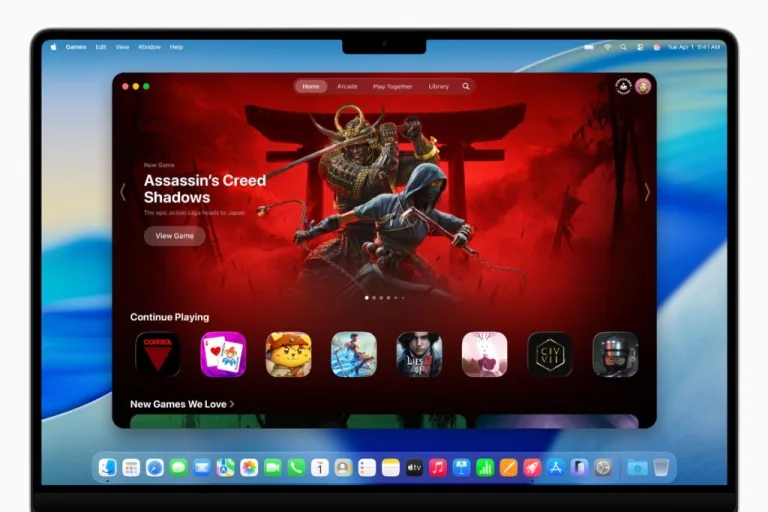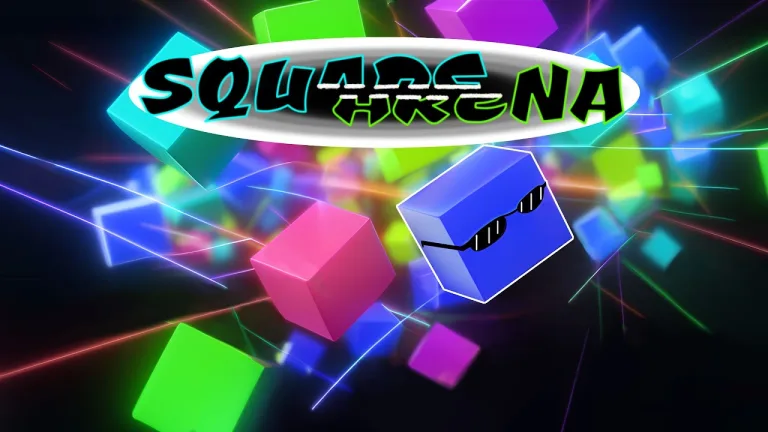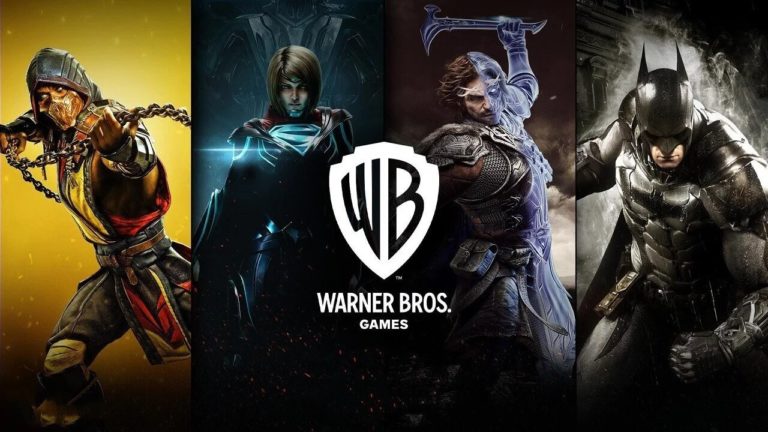Konami’s legacy of groundbreaking titles takes center stage once again. The Press Start livestream was a short...
News
MindsEye was marketed as the sleek “next-gen action adventure” from Rockstar veteran Leslie Benzies. Early trailers flaunted...
Capcom just clocked its fourth consecutive year of record‐breaking earnings, and two surprisingly “small” line items did...
The gaming industry is no stranger to upheaval, and Sony Bend Studio—the team behind Days Gone—is the...
Forget “solid launch.” Switch 2 is dropping numbers that belong in Olympic track meets, not console sales...
When a company that owns Tomb Raider, Borderlands, Dead Island, and The Lord of the Rings games...
Apple dedicated less than ten minutes of its two-hour WWDC keynote to gaming, yet the slide-deck was...
In the fast-paced world of gaming, new titles are announced and released with a dizzying frequency. Yet,...
In a surprising yet strategic move, Warner Bros. Discovery (WBD) has announced its decision to split into...
Handheld gaming has always been about delivering power and playability right into your palms, and the latest...


